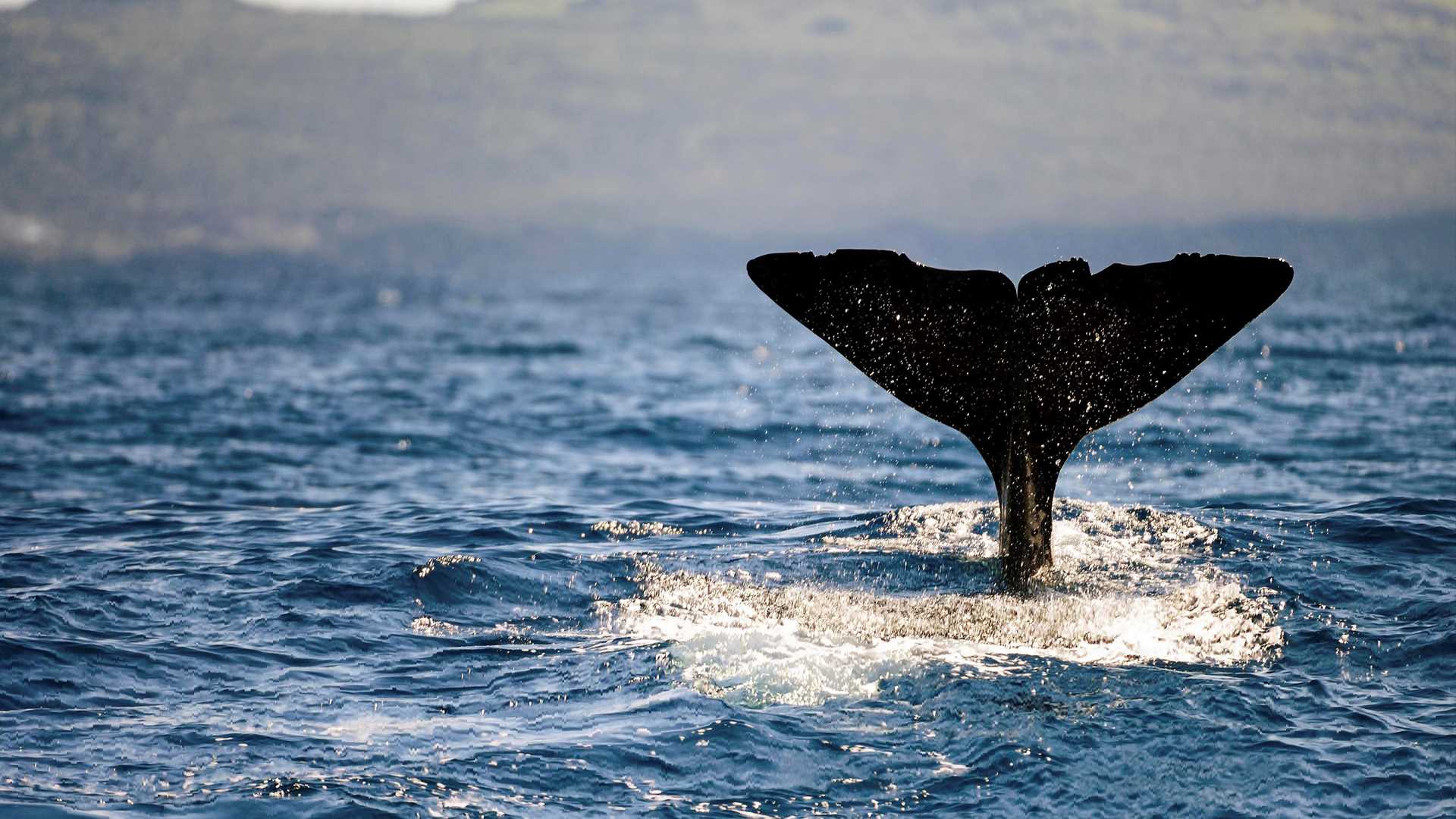The Azores are one of the two autonomous regions of Portugal (the other is Madeira), so their position in the Atlantic Ocean is often described with respect to Europe’s Iberian Peninsula While it’s true that Ponta Delgada, the administrative capital of the Azores, is about 900 miles west of Lisbon, that doesn’t give an accurate picture of how far removed from the continent the Azores truly are. First of all, the nine volcanic islands cover about 350 miles from east to west. They sit on the eastern side of the mid-Atlantic ridge, a (mostly) underwater mountain range that runs about 10,000 miles down the center of the Atlantic Ocean from the Arctic to the Antarctic. And while the easternmost Azorean island, Flores, is 1,160 miles west of Iberia, it is also 1,200 miles east of Newfoundland, Canada. Get Inspired By Photos, Videos, Webinars, Stories, And Exclusive Offers. Sign Up
The Azores are part of Macaronesia, a region which comprises five Atlantic Ocean archipelagos. From north to south, they are the Azores, Madeira, Selvagen, the Canaries and Cape Verde. Extending north-south over 25 degrees of latitude from Portugal to Senegal, Macaronesia is a biogeographical region, which means it has similar or shared flora and fauna throughout, though the cultures of each archipelago—and even each island—are diverse. The name Macaronesia comes from the classical Greek words makarios (happy) and nessos (islands).
Introduced to the Azores by American whalers who came from the eastern U.S. in the 1800s, whaling has been an important part of Azorean history and culture. While American whaling ships often went out to sea for years, the Azoreans adapted the industry to their nearshore waters. They hunted sperm whales, most often in crews of seven men, from small wooden boats that could be either sailed or rowed. Up until they closed the hunt in 1987, Azoreans whalers used only weapons they could hold in their hands: a toggle harpoon and a small lance.
These days, whales have a different role in the cultural life of the Azores. The boating traditions, honed by the whalers, are coming back as sport and recreation, and regattas are becoming popular. Nowadays, travelers come from all over the world to observe whales in the wild, and some of the old lookouts that used to alert whale crews for the hunt have been repurposed for whale-watching. Life on these “out there” islands—in the true mid-Atlantic—is changing with the times.




